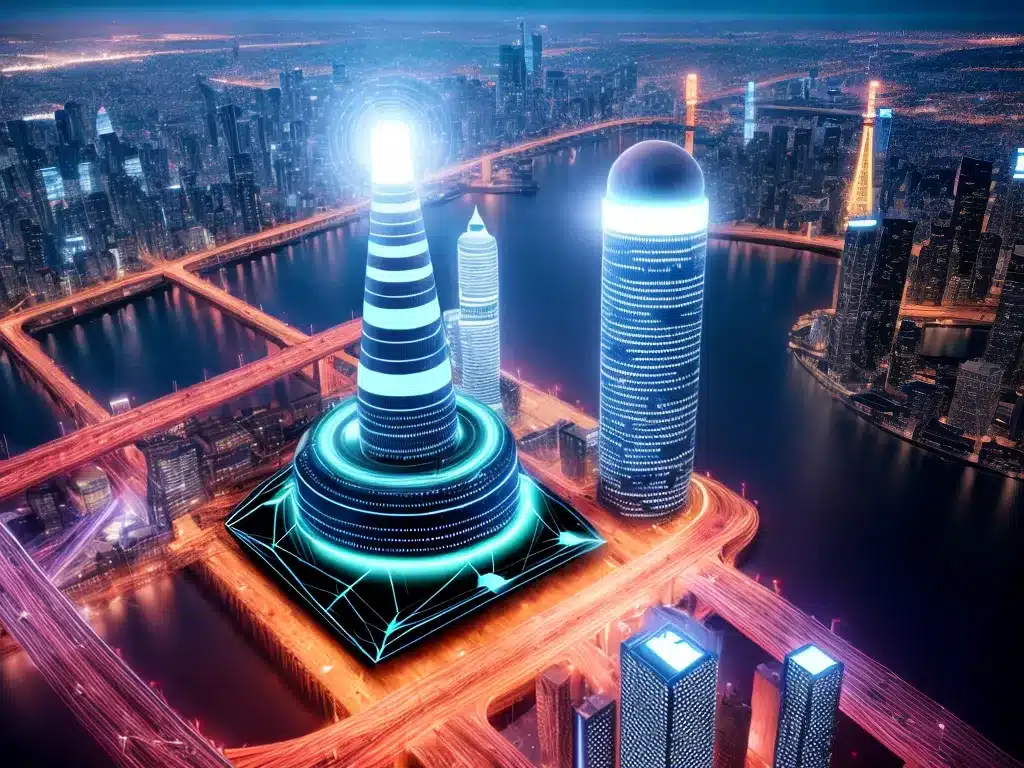Introduction
In the 2020s, critical infrastructure faces unprecedented data security challenges that threaten operations, safety, and national security. As critical infrastructure becomes more interconnected through IoT devices and reliant on IT networks, new attack surfaces emerge. Addressing these challenges requires understanding the unique risks facing different sectors and implementing multilayered cybersecurity protections. In this article, I explore the key data security challenges impacting critical infrastructure and strategies to mitigate risks.
The Growing Threat Landscape
Critical infrastructure encompasses the assets, systems, and networks vital to national security, economic stability, and public health and safety. Sectors include energy, water, transportation, financial services, communications, healthcare, and more. As these systems embrace digital transformation, they become more vulnerable to cyber attacks aimed at disrupting operations, accessing sensitive data, or gaining control of industrial systems.
According to the 2022 FBI IC3 report, ransomware remains the top cyber threat to critical infrastructure. These attacks encrypt systems until a ransom is paid, causing prolonged outages. Financial theft and data breaches are also increasing, often resulting from phishing, unsecured devices, or third-party vendor risks. State-sponsored advanced persistent threat (APT) groups continue targeting critical networks through malware and spearphishing. Meanwhile, hacktivists and insiders threaten data security via unauthorized access and ransomware.
Emerging attack vectors like IoT botnets and deepfakes further expand the threat landscape. As infrastructure adopts more IoT devices, attackers can hijack thousands of insecure devices into botnets to paralyze systems with DDoS attacks. Deepfakes enable new social engineering and disinformation campaigns. This complex, evolving threat environment leaves critical infrastructure data highly exposed.
Unique Challenges For Different Sectors
While all critical infrastructure sectors face intensifying threats, specific challenges arise from the technology, sensitivity of data handled, and security culture unique to each industry.
Energy
The energy sector contends with securing both information technology (IT) and operational technology (OT) environments. Visibility across IT and OT is often fragmented, increasing exposure. Remote access and smart meter deployments also expand the attack surface. Outages endanger health and safety, making energy an attractive target.
Water
Water systems utilize industrial control systems similar to energy but have less organizational maturity regarding cybersecurity. Many use legacy equipment difficult to patch and lack monitoring capabilities. Chemical treatment and distribution rely on OT to ensure safety.
Transportation
Smart vehicles, planes, trains, ports, and traffic systems generate enormous amounts of sensitive user data requiring protection. Older mass transit OT systems are difficult to update. Disruptions risk severe economic impact and safety issues.
Financial Services
As a heavily digitized sector handlingvaluable customer data, financial services see frequent data breaches and ransomware attacks. ATM and point-of-sale systems contain outdated software with vulnerabilities. Real-time payments must be secured.
Healthcare
Healthcare organizations contain sensitive patient records targeted by hackers. Unsecured IoT medical devices pose risks. Ransomware can impair critical care, as experienced during the pandemic. Healthcare lacks resources for robust security programs.
This overview illustrates the unique challenges faced across sectors—all contributing to a heightened threat landscape.
Recommended Cybersecurity Strategies
Defending critical infrastructure requires reducing risk across IT and OT systems through layered security controls. I recommend organizations focus on these best practices:
Improving Visibility
-
Implement unified monitoring and logging across IT and OT networks to rapidly detect threats.
-
Perform regular audits and risk assessments of all systems and third-party vendors.
-
Maintain updated inventories of assets, software, and credentials.
Hardening Defenses
-
Utilize perimeter security tools like firewalls and intrusion prevention.
-
Secure all endpoints through patch management, authentication controls, and encryption.
-
Institute the principle of least privilege and limit access to sensitive systems.
-
Remove unnecessary software and services. Disable unused ports and protocols.
Enhancing Threat Detection and Response
-
Deploy AI-enabled threat detection solutions across the environment.
-
Develop an incident response plan with roles and responsibilities outlined. Conduct exercises.
-
Enable rapid containment capabilities to isolate affected systems during incidents.
Promoting Cybersecurity Culture
-
Provide cybersecurity training and awareness programs for all personnel.
-
Gain executive and organizational buy-in for security initiatives.
-
Collaborate with government agencies and industry partners on intelligence sharing.
Securing Operational Technology
-
Inventory all OT devices and update aging equipment. Securely configure per vendor guidelines.
-
Separate OT from IT networks using demilitarized zones and encryption.
-
Implement monitoring and access controls tailored for industrial control systems.
Managing Third-Party Risks
-
Assess risks associated with all vendors and partners. Include cybersecurity provisions in contracts.
-
Require vendors to demonstrate appropriate security controls are in place.
-
Limit vendor access to networks and mandate multifactor authentication.
This combination of preventative, detective, and responsive security measures builds organizational resilience against emerging threats to critical infrastructure. Ongoing collaboration with government resources is also key to navigating the complex risk landscape.
Looking Ahead at the 2020s
As cyber threats grow in scale and sophistication, critical infrastructure data protection must evolve as well. By adopting cybersecurity best practices and developing partnerships, asset owners can manage risks, avoid outages, and ensure public safety. As the digital transformation of critical infrastructure continues, superior network visibility, threat intelligence, and a resilient security culture become minimum requirements for the decade ahead. This complex mission demands regular evaluation of organizational readiness and continued investment in qualified cybersecurity talent, modern solutions, and comprehensive system protections. With deliberate risk management, critical infrastructure can confidently embrace new technologies while keeping infrastructure and data secure in the 2020s.












